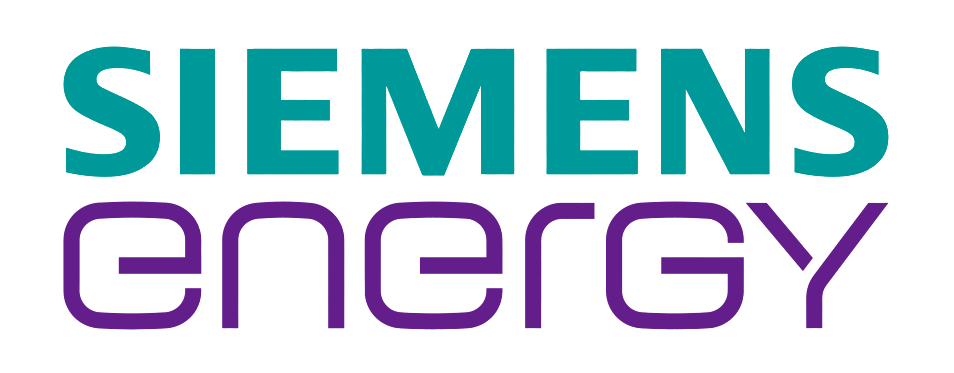Bio-based Commercialization Strategy: How we worked with a petrochemical leader to deliver the commercial due diligence necessary for a Go or No-Go investment decision
At-a-glance
| A leading petrochemical company is exploring bio-based alternatives to synthetic chemicals used in cosmetics and needed clarity on market potential, demand drivers, key success factors and feedstock availability before committing to large-scale investment.
Through a structured assessment of markets, customers, competitors, regulations, and feedstock sourcing, we identified which products merited investment, highlighted price sensitivity challenges, and informed their future market entry strategy. |
 Your analysis gave us the confidence to focus on the right bio-based chemicals and avoid costly missteps. Your analysis gave us the confidence to focus on the right bio-based chemicals and avoid costly missteps. |
The Challenge
The client wanted to shift from petrochemical to bio-based cosmetic ingredients but lacked insight into market viability, pricing acceptance, and supply feasibility.
 |
 |
 |
 |
| Unclear Market Demand
Limited visibility on customer willingness to adopt bio-based alternatives across regions. |
Price Premium Uncertainty
Unsure if brands or consumers would accept higher costs compared to synthetics. |
Feedstock Sourcing Risks
Uncertainty on reliable feedstock supply and cost dynamics across geographies. |
Competitive Landscape Gaps
Incomplete view of existing bio-alternative players and their positioning. |
The Solution
We delivered a multi-layered market, customer, and feedstock analysis to enable informed Go/No-Go decisions.
| Stage 1 | Stage 2 | Stage 3 | Stage 4 |
| Market Assessment | Customer Insights | Competitive Benchmarking | Feedstock Evaluation |
| Sized the market by volume and value, segmented by geography, and identified growth drivers and regulatory factors. | Engaged beauty and personal care manufacturers to understand switching potential, price thresholds, and demand trends. | Mapped competitors across key regions to reveal positioning and differentiation opportunities. | Assessed raw material availability, cost outlook, and future supply risks to guide plant location decisions. |
The Findings
Our benchmarking uncovered unexpected dynamics across competitor strategies, pricing, and portfolios. These insights gave the client a clear view of their own position and where they were falling behind.
| |
|
| No regulatory driver for bio-based adoption in cosmetics | Transition to bio-based chemicals is predominately brand and consumer led which underpins slow adoption rate and making market positioning critical. |
| Notable challenge regarding willingness-to-pay | The bio-based chemicals being assessed (direct replacements for synthetics) cost notably more than the 5–10% premium customers are willing to pay which limits markets to premium brands |
| Market potential concentrated in premium brands | US and European premium beauty segments show the strongest willingness to adopt bio-based ingredients while uptake in other markets was found to be minimal. |
The Impact
The client received a clear pre-investment roadmap identifying which bio-based products merited further development and which to deprioritize. This informed their next phase of scale-up plant investment and market entry planning.
| Go/No-Go Clarity | Pricing Strategy Focus | Future Market Entry Plan | Pipeline Prioritization |
| One compound deprioritized, one advanced for commercialization planning. | Triggered a deep-dive study on acceptable price points to bridge cost gaps. | Laid foundation for targeted market entry and feedstock sourcing strategies. | Framework established to assess more than 30 additional bio-based products in development. |
Want to explore your sustainable alternatives in your chemical portfolio? Contact us to identify, shortlist, and recommend.




































